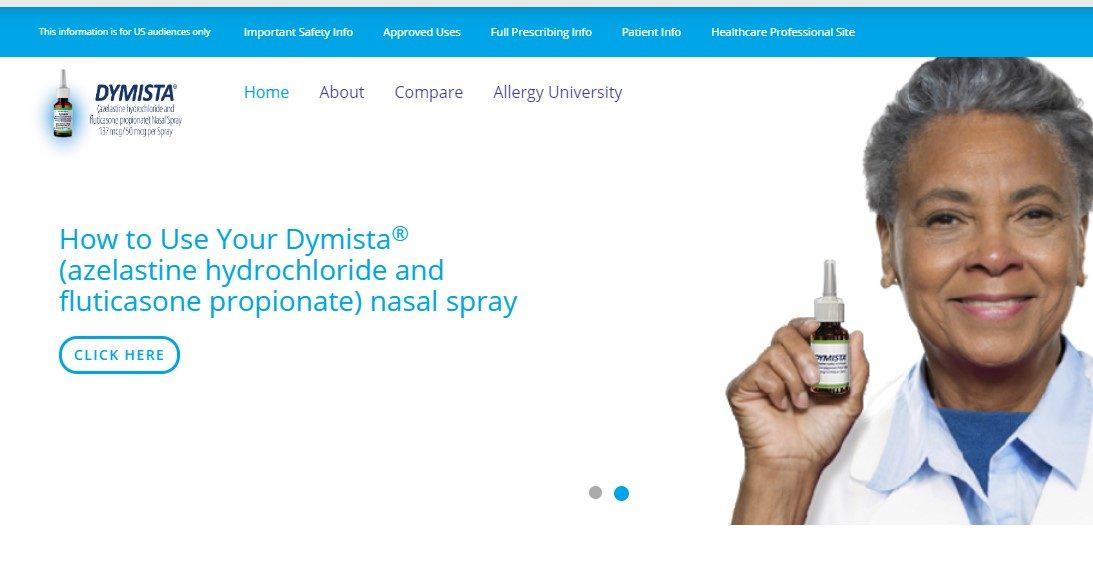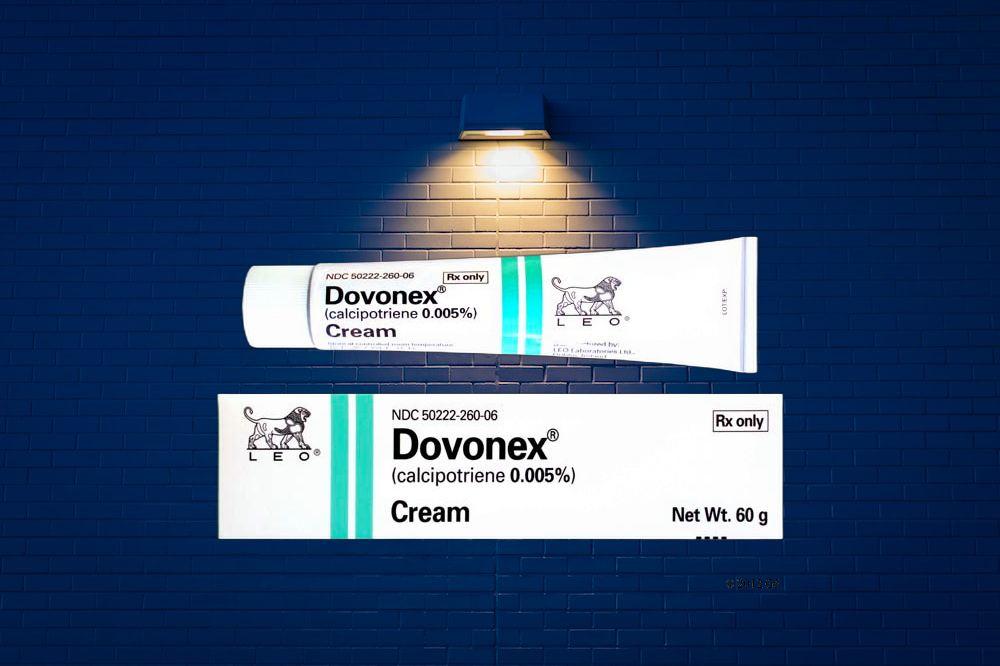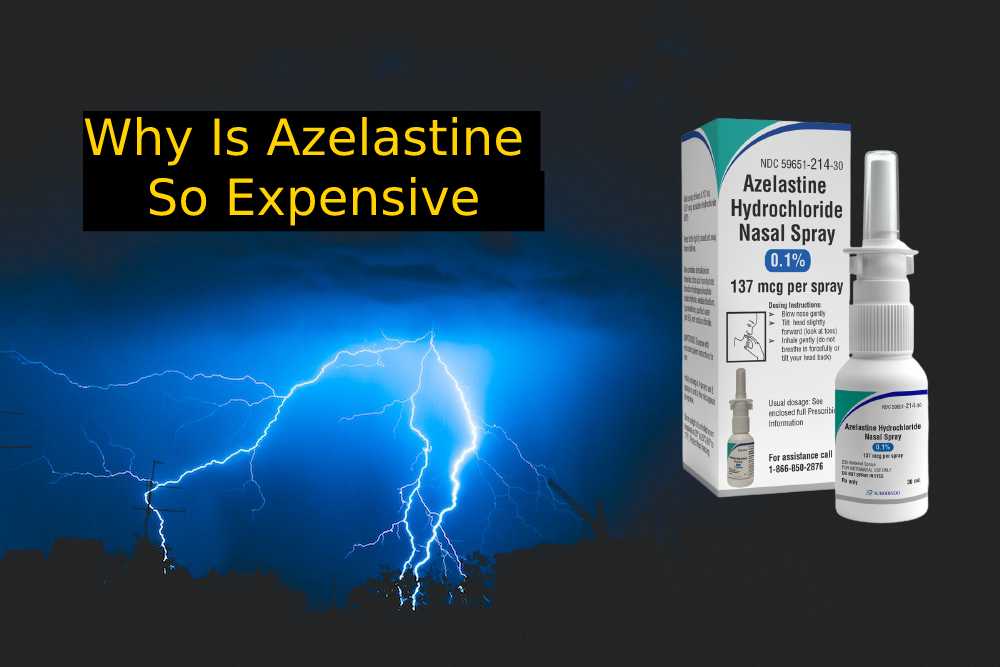Why is Dymista so expensive? Dymista is a prescription nasal spray used to treat allergic rhinitis, a common condition affecting millions of people worldwide. Despite its efficacy, Dymista is often perceived as expensive compared to other similar treatments available in the market. In this article, we’ll explore the reasons behind Dymista’s high cost and the factors that contribute to its pricing.
Understanding Dymista
Dymista is a combination of two active ingredients: azelastine hydrochloride and fluticasone propionate. Azelastine is an antihistamine that blocks the action of histamines in the body, while fluticasone is a corticosteroid that reduces inflammation. The combination of these two ingredients provides quick relief from the symptoms of allergic rhinitis such as sneezing, runny nose, and congestion.
The Cost of Research and Development
One of the primary reasons for Dymista’s high cost is the cost of research and development. Developing a new drug is a complex and expensive process that involves years of research, clinical trials, and regulatory approvals.
Pharmaceutical companies invest billions of dollars in R&D to bring new drugs to market. The cost of developing a new drug can range from $2.6 billion to $3 billion on average. The high cost of R&D is one of the primary factors contributing to the high price of Dymista.
Patents and Exclusivity
Another significant factor contributing to Dymista’s high cost is the patent and exclusivity rights granted to the drug’s manufacturers. When a pharmaceutical company develops a new drug, they file for a patent that grants them exclusive rights to produce and sell the drug for a certain period, typically 20 years from the filing date.
During this time, no other company can produce or sell the same drug. This exclusivity allows the manufacturer to set a higher price for the drug to recoup the costs of R&D and make a profit. The patent on Dymista will expire in 2027, after which other manufacturers can produce and sell the generic version of the drug at a lower cost.
Manufacturing and Marketing Costs
The cost of manufacturing and marketing also contributes to Dymista’s high price. Manufacturing a new drug involves complex processes and requires state-of-the-art facilities that comply with stringent quality standards. These facilities require significant investment, and the cost of production is high.
Additionally, marketing a new drug involves significant expenses such as advertising, sales promotion, and distribution costs. These costs are factored into the drug’s price, making it more expensive.
Insurance Coverage and Rebates
Insurance coverage and rebates can also influence Dymista’s cost for the end user. Pharmaceutical companies offer rebates and discounts to insurance companies, which can lower out-of-pocket expenses for the patient.
However, these rebates do not always translate into lower costs for the consumer. Insurance companies may still require patients to pay a high co-pay or deductible, resulting in higher costs. Additionally, if the insurance company does not cover the cost of the drug, the patient may have to pay the full price out of pocket, making it unaffordable for many.
Conclusion
Dymista is a highly effective nasal spray used to treat allergic rhinitis. However, the high cost of the drug has become a cause for concern for many patients.
The primary factors contributing to Dymista’s high price include the cost of research and development, patent and exclusivity rights, manufacturing and marketing costs, and insurance coverage and rebates. While the cost of developing a new drug is undoubtedly high, pharmaceutical companies should strive to make their products more affordable for patients who rely on them for their health and well-being











